Breeding evidence
All codes for Possible, Probable and Confirmed Breeding had to relate to individuals in potentially suitable nesting habitat.
Code F (Flying over) should have only be used on Roving Records forms and not on Timed Tetrad Visits.
|
Non-breeding
|
|
|
F
|
Flying over
|
|
M
|
Species observed but suspected to be still on Migration
|
|
U
|
Species observed but suspected to be sUmmering non-breeder
|
|
Possible breeder
|
|
|
H
|
Species observed in breeding season in suitable nesting Habitat
|
|
S
|
Singing male present (or breeding calls heard) in breeding season in suitable breeding habitat
|
|
Probable breeding
|
|
|
P
|
Pair observed in suitable nesting habitat in breeding season
|
|
T
|
Permanent Territory presumed through registration of territorial behaviour (song etc) on at least two different days a week or more apart at the same place or many individuals on one day
|
|
D
|
Courtship and Display (judged to be in or near potential breeding habitat; be cautious with wildfowl)
|
|
N
|
Visiting probable Nest site
|
|
A
|
Agitated behaviour or anxiety calls from adults, suggesting probable presence of nest or young nearby
|
|
I
|
Brood patch on adult examined in the hand, suggesting Incubation
|
|
B
|
Nest Building or excavating nest-hole
|
|
Confirmed breeding
|
|
|
DD
|
Distraction-Display or injury feigning
|
|
UN
|
Used Nest or eggshells found (occupied or laid within period of survey)
|
|
FL
|
Recently FLedged young (nidicolous species) or downy young (nidifugous species). Careful consideration should be given to the likely provenance of any fledged juvenile capable of significant geographical movement. Evidence of dependency on adults (e.g. feeding) is helpful. Be cautious, even if the record comes from suitable habitat.
|
|
ON
|
Adults entering or leaving nest-site in circumstances indicating Occupied Nest (including high nests or nest holes, the contents of which can not be seen) or adults seen incubating
|
|
FF
|
Adult carrying Faecal sac or Food for young
|
|
NE
|
Nest containing Eggs
|
|
NY
|
Nest with Young seen or heard
|
Download a version of the
.
Breeding Evidence Codes
Breeding Evidence Codes (PDF, 14.17 KB)
Examples of breeding codes
|
Possible breeding
|
||
|
House Sparrow in suitable breeding habitat (H)
|
Redshank in suitable breeding habitat (H)
|
Robin singing in suitable breeding habitat (S)
|
|
Probable breeding
|
||
|
Pair of House Sparrows in suitable nesting habitat (P)
|
If there are a number of Robins singing at the same time in the same area then Permanent Territory can be used (T), or territorial behaviour (song etc) on at least two different days a week or more at the same place
|
Great Crested Grebes displaying (D) is a good sign of probable breeding
|
|
House Sparrow visiting probable nest site (N)
|
Bird ringers can record the presence of brood patches on birds when trapped for ringing (I). This is a Reed Warbler
|
Song Thrush collecting nesting material (B) is another sign of probable breeding
|
|
Confirmed breeding
|
||
|
Little Ringed Plover feigning a wing injury as part of a distraction display (DD)
|
Recently fledged Robins still showing dependency on an adult (FL)
|
Coot on a nest (ON)
|
|
Willow Warbler carrying food for young (FF). This code also includes carrying faecal sac away from the nest
|
Song Thrush nest with eggs (NE). You have to be lucky to find a nest. For species such as Mute Swan and Canada Goose the nests are more obvious
|
Spotted Flycatcher nest with young (NY)
|

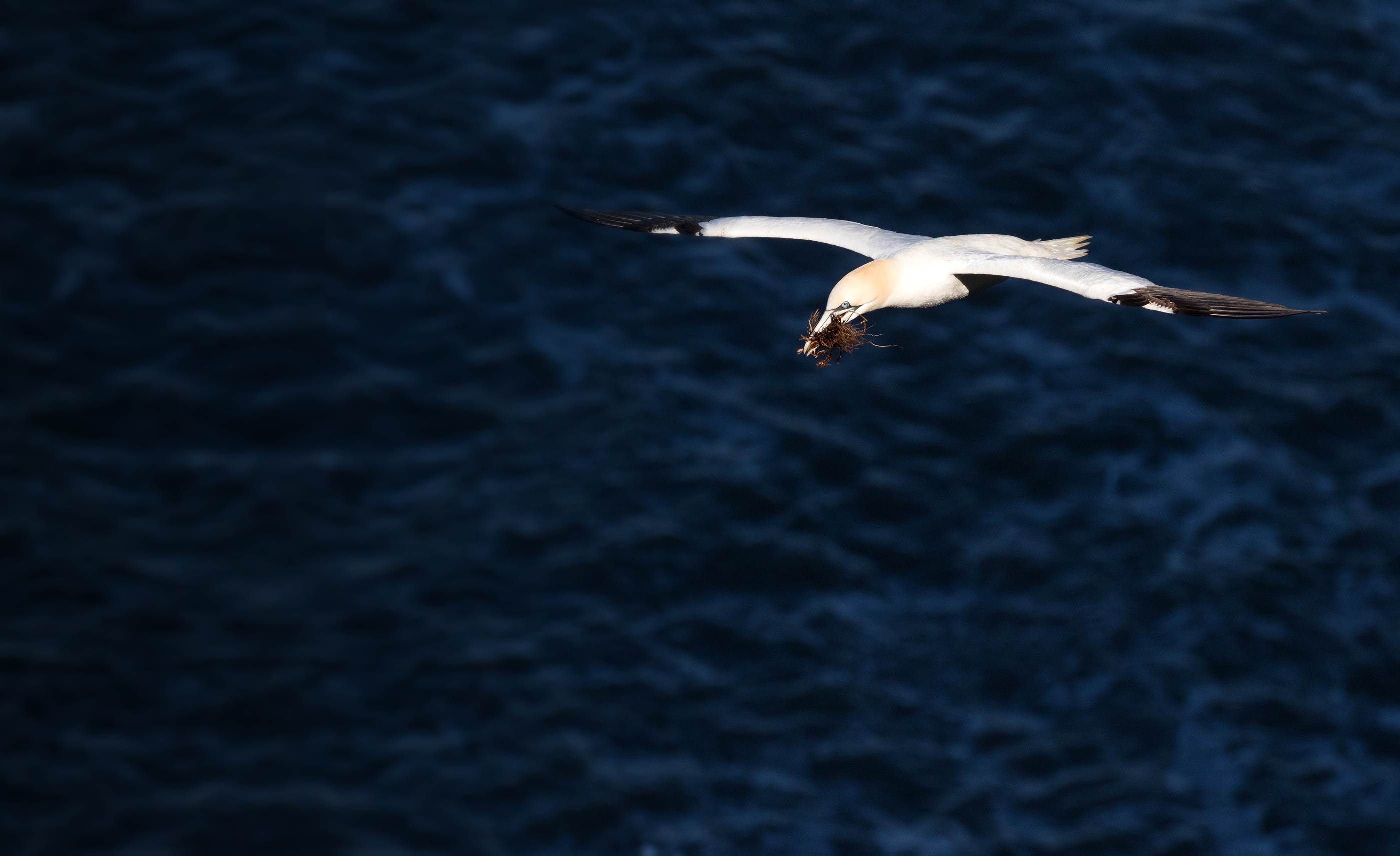

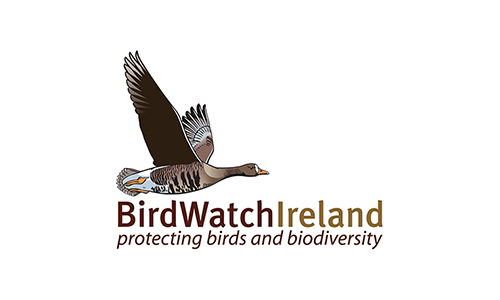
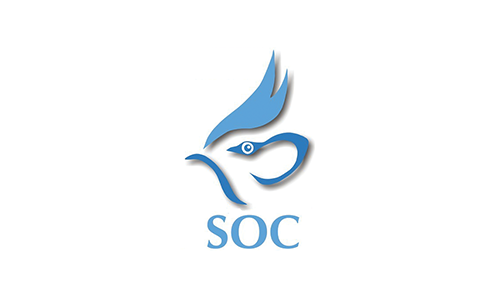

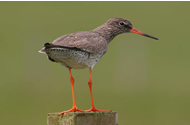
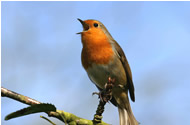

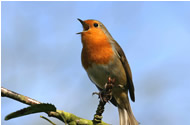
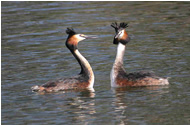
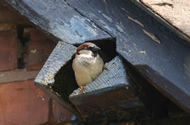
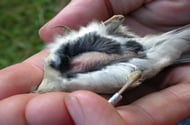
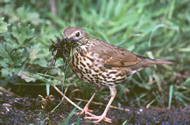
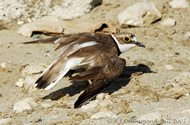
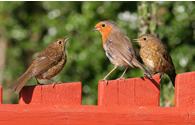
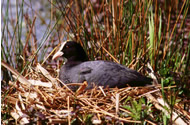

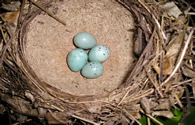
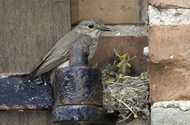




Share this page